How Does NFT Technology work, and how can I make the most of it?
- Home /
- blog post
NB: Please Use the mobile view of our site to enjoy! We are working on the PC issue, Thank you.
NFTs, or non-fungible tokens, are quickly becoming one of the most profitable blockchain-based experiments ever. Influential individuals, including Twitter CEO Jack Dorsey, have made headlines by selling off NFTs. Although the cryptology behind NFTs is complex, figuring out what they are and how to profit from them is not.
You've been thinking about NFTs because of all the recent news. What's the deal with that? Non-fungible tokens, or NFTs for short, are causing a stir in the art and finance worlds. But what exactly are NFTs, how do they work, and — most importantly — how do you make money with them?
We'll try to answer those questions, as well as a few others, in this article. NFTs aren't just for high-end art dealers or Silicon Valley powerhouses. You, too, can not only understand how NFTs work but also benefit from this ground-breaking application of blockchain technology. Let's get this party started.
But, before we get into what we all want to know: how to make money with NFTs, let's define what an NFT is in simple terms.
WHAT EXACTLY IS AN NFT? WHAT DOES NFT REPRESENT?
Non-fungible token.
That doesn't help things any right?
We apologize for the trouble. The term "non-fungible" simply means that it is one-of-a-kind and cannot be supplemented with anything else. A bitcoin, for example, is a fungible token, which means it can be exchanged for another and yield the same result. A one-of-a-kind trading card, on the other hand, is an NFT (Non-fungible token) that cannot be duplicated. You'd be given something completely different if you decided to trade it for a different card.
These tokens can be thought of as the digital equivalent of a private collection's artwork. Each piece of art in the collection is one-of-a-kind and worth a different amount.
Like a work of art, an NFT can be sold for cash or cryptocurrency. Like a work of art, an NFT can be sold for cash or cryptocurrency. Like a work of art, an NFT can be auctioned for money or cryptocurrency. Notwithstanding, the asset transfer of the token, like cryptocurrency, is documented in the blockchain. This establishes who currently owns it.
Each NFT is linked to the digital (or, in some cases, physical) asset of the original owner. Any digital item can theoretically be transformed into an NFT. Anyone can create and sell NFTs based on famous tweets, Facebook posts, Instagram photos, and other media.
WHO IS THE OWNER OF THAT NFT?
What you get with your non-fungible tokens or NFTs, is one of the most persistent questions about them. Do you get intellectual property rights or simply the ability to say "I own this"?
According to Dorian Banks, CEO of Looking Glass Labs, an NFT design company, some NFT collectors believe that IP rights attach to NFTs unless the creator or seller states otherwise. "It's widely assumed in the NFT space that you have complete freedom to do whatever you want — unless licensing or something expressly prohibits you from doing so."
Users are supposed to add value to an NFT by purchasing it, re-mixing it like a sample in a music track, and increasing public interest in the project.
The IP standards for NFT are still being worked out. However, NFT users' norms and expectations differ from those in the traditional art or creative world.
The issue of NFT rights arises amid a heated debate over how creators should be compensated. These issues aren't just being discussed in crypto circles; they're also being discussed concerning other creator services such as Patreon, OnlyFans, and Substack. It's a debate over whether creators should keep their rights in perpetuity, or whether NFT owners should profit from participating in and promoting the creators' NFTs. Expect these issues to become more heated as NFTs gain traction in the broader creator community.
What Determines the NFT Value?
Consumer interest drives the value of an NFT, just as it does for pieces in our hypothetical art collection. The rarity and base of interested consumers influence their value, just as they do with trading cards. Although an image can be converted to an NFT, this does not prevent it from being freely shared. In contrast, the blockchain clearly shows who owns the item.
How to Purchase an NFT?
While some portals accept payments using credit cards, the great number of portals that sell and buy NFTs demand cryptocurrency. You must create a wallet for the cryptocurrency you intend to use. One popular platform that allows users to create wallets for free is Blockchain.com.
You can purchase the currency directly around its market value after verifying your identity on one of these platforms. It's time to look at an auction site once you've amassed a significant amount of a popular cryptocurrency like Bitcoin (BTC).
OpenSea(https://opensea.io/) is a popular marketplace for all kinds of NFTs. It's similar to websites that sell collectibles, such as eBay. You can sell your digital art for a price of your liking.
For those new to cryptocurrency, it's worth noting that using cryptocurrency to check out will incur a fee. The fee is determined by the current state of the blockchain and the currency being used.
How do you make an NFT?
An NFT can be made by anyone. All you need is a digital wallet, a small amount of Ethereum, and access to an NFT marketplace where you can upload and convert your content into an NFT or crypto art. Isn't it simple?
How Can I Proudly Display My NFTs?
The first service that allows you to display your NFT collection is Lazy.com. Simply set up an account and implement the on-site instructions to claim ownership. In no long time, you'll be able to display your one-of-a-kind digital art to the wider world!
Numerous different options exist, but Lazy.com is perhaps the most efficient option.
Other Options for Showing Off NFTs
Here are some examples of how you can show off your NFT artwork:
- LED screens and TV monitors
- Tablet (iPad)
- Websites and social media platforms
- Physical copies are available.
- Frames in digital format
- Galleries on the internet
Although there are numerous options for displaying your non-fungible art, some of them may pose some difficulties.
What Is the Best Way to Sell an NFT?
Begin with an original piece of media that you own the copyright to. This could be a photograph you took, a gif you made, a song, or almost any other form of media.
Go to Rarible.com next. On the top-right corner of the page, click on the "Create" button. You'll probably want to start by selling a single file, so when prompted, select "Single." After that, you must consider a sale price for your item. You can choose how much cryptocurrency you want to use and enter it into the system.
If someone buys your asset and uses it elsewhere, you'll be asked about royalty payments. Setting a small rate equivalent to a few cents or so per view of your digital asset is optional, but it's a good idea. Please remember that Rarible retains a 2.5 percent service charge for every product sold.
Finally, you'll have to pay a miners' fee, also known as a "gas" fee, when you list your property. You'll have to link your freshly created crypto wallet to do so. Send the necessary funds, and Rarible will create a sales page for you. Your Rarible listing will propagate to other listing sites like OpenSea automatically.
How do I know my NFT is sold?
You'll need to check the sales page for updated offers on the asset you're selling because these sites don't use traditional email. You'll be able to accept an acceptable offer if you see one or if a user pays the full price you've requested.
Following that, the cryptocurrency funds will be transmitted to your wallet. You'll be able to withdraw this and either uses it to buy other crypto products or sell it for cash.
What Are Some High-Profile NFT Sales Examples?
Twitter CEO Jack Dorsey sold his 1st post on Twitter as an NFT, becoming one of the first NFT transactions to make the news. The property was finally sold for $2,500,000, with the money raised going to charity.
Christie's hosted the most costly NFT bid. It was the venerable firm's first venture into blockchain bids. The picture was a large JPEG file that contained 5,000 different pictures taken by the graphic designer. Even though he was not well-known, it traded for just under $70,000,000. It was also the first public bid of an NFT, which added to its success.
Chris Torres, the man behind the viral Nyan Cat gif, set up an NFT to sell custodianship of the animation. Even though Nyan Cat was first published on the internet a decade ago, Torres decided to auction it off due to a recent surge in interest in NFTs. He was able to make money of around $590,000 on the cryptocurrency Ethereum (ETH). NFTs, on the other hand, remain novel enough that "unicorn" sales like this continue to occur.
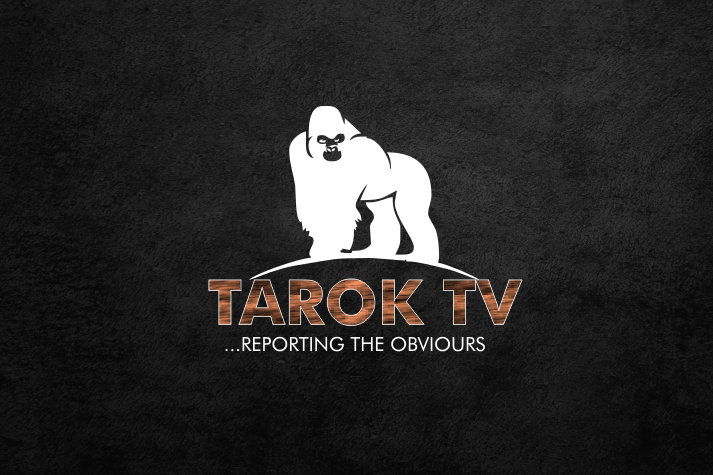
About Admin - Admin
TarokTv, ...Reporting the obvious.
Contact
Phone number: 07062319173
Email: [email protected]
Reach out to us with any news or article.
Latest Articles

Success leaves clues, and those who seek to make a difference must study the lives of those who…
read more
Langtang, a town in Plateau State, Nigeria, is not just another dot on the map but a significant origin for…
read more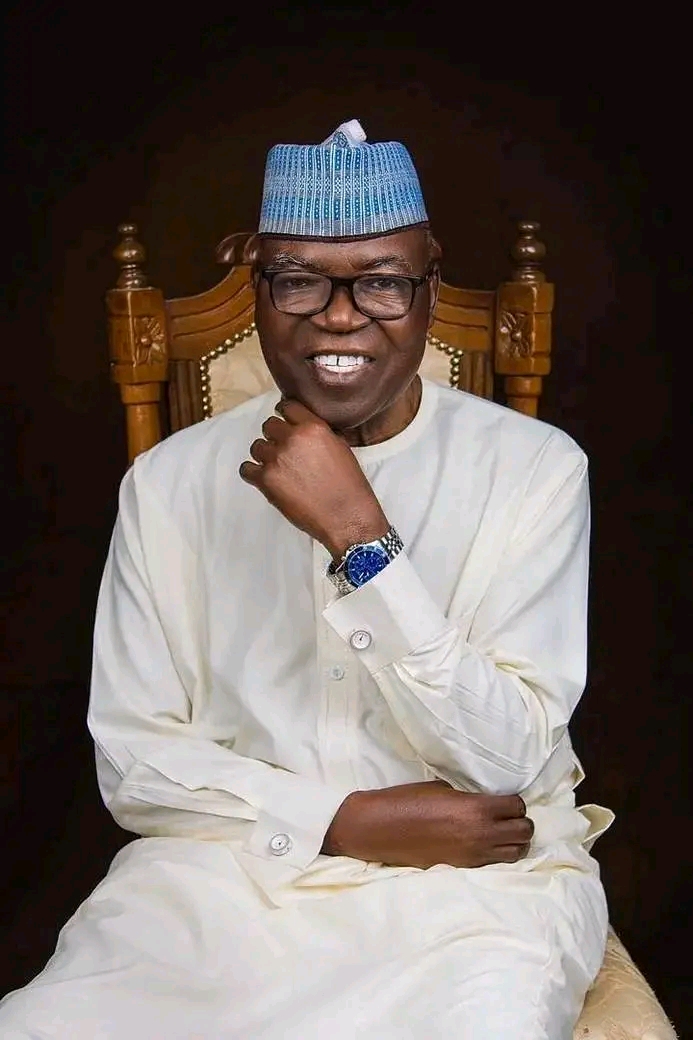
Brief Biography of Gen. (Senator) Jeremiah Timbut Useni
Early Life and Education:
Jeremiah Timbut Useni, often referred to as "Jerry Boy," was born on February 16, 1943,…
read more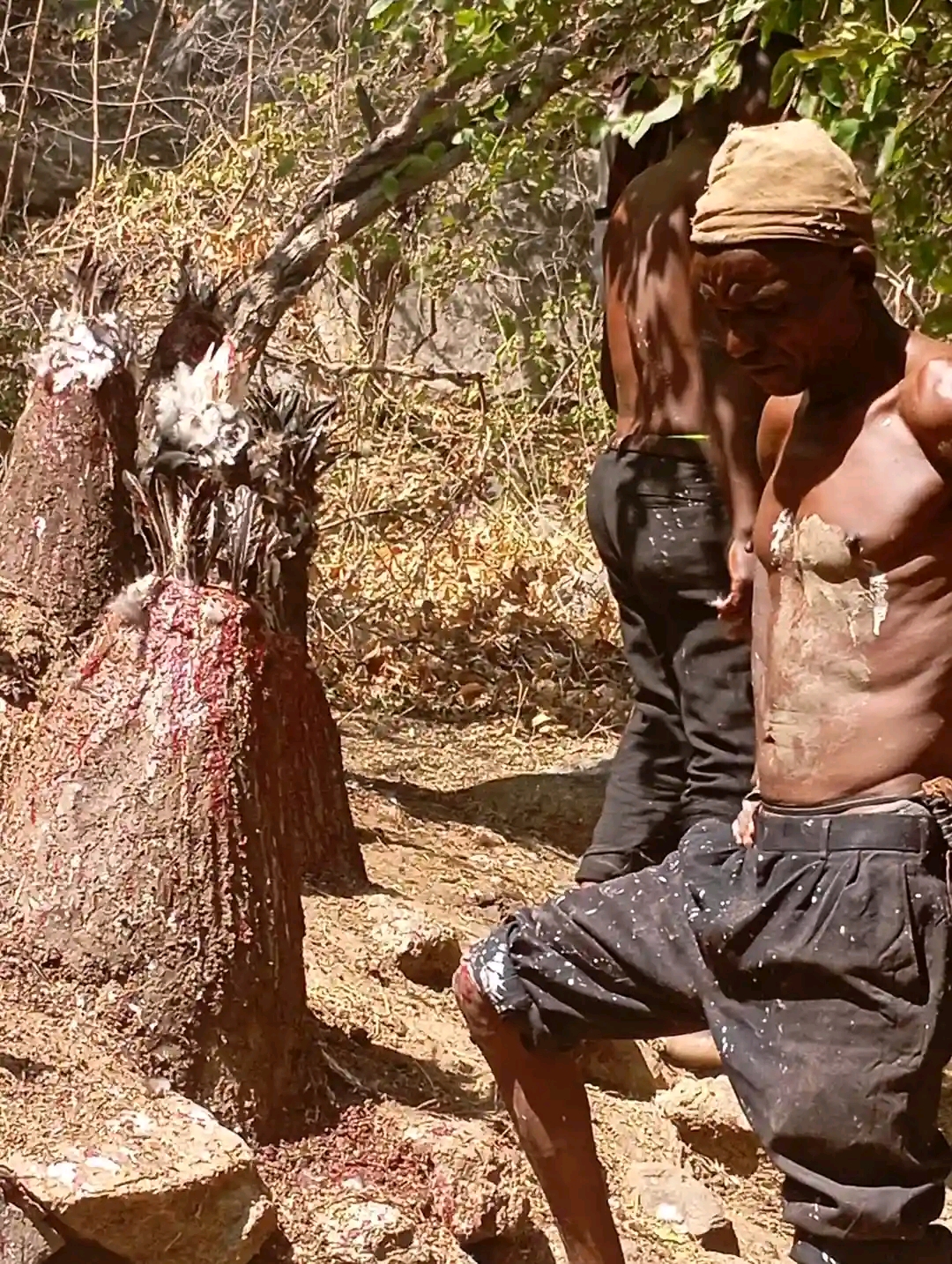
The Ibiari: A Sacred Tradition in Tarok land
The Ibiari Oga Sa festival, an annual tradition in Tarokland, was celebrated today as part of the year-end observance marking…
read more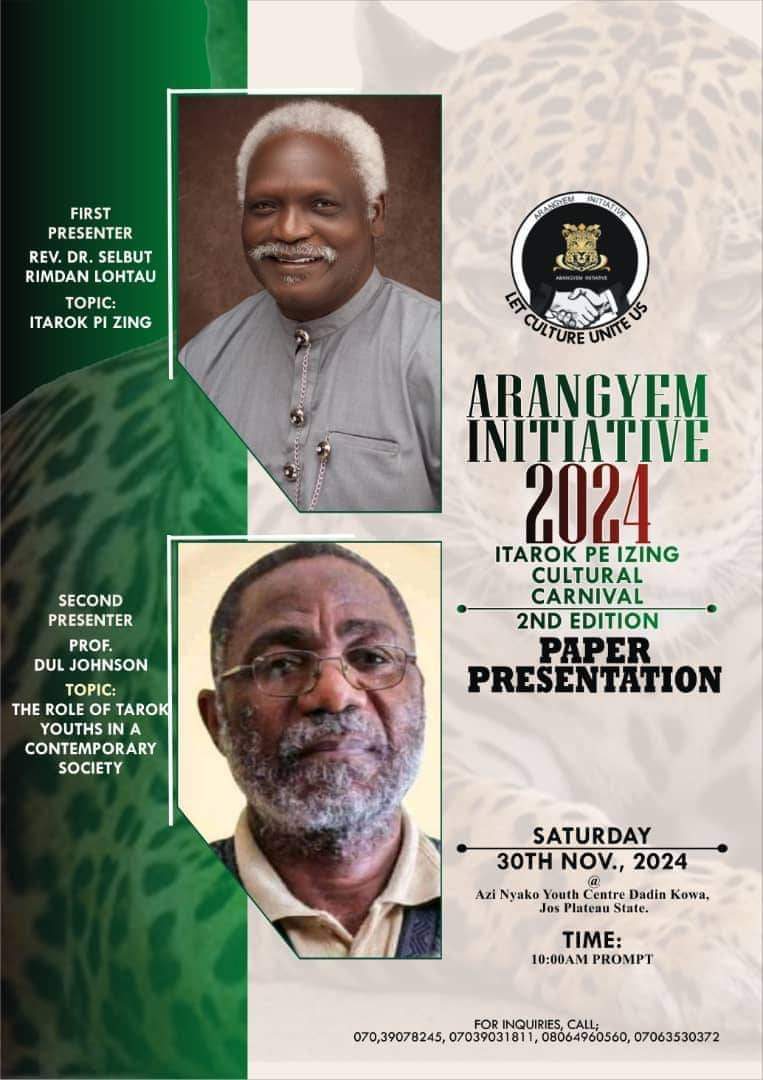
ITAROK PA IZING BY REV. DR. SELBUT LONGTAU
A PAPER PRESENTATION AT ITAROK PA IZING 2ND CARNIVAL HELD AT THE AZI NYAKO YOUTH CENTRE, JOS, 30TH NOVEMBER, 2024
… read more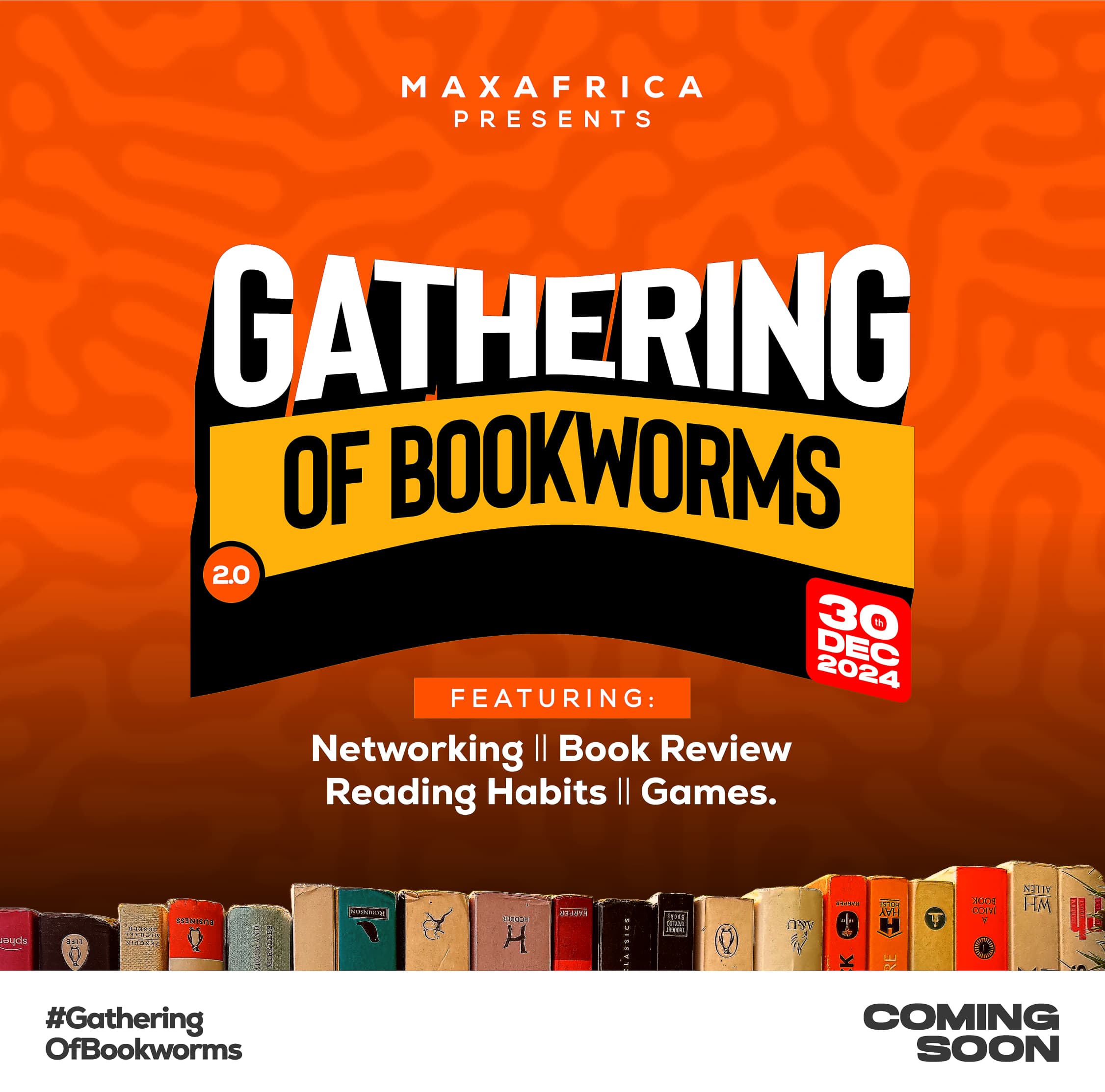
TarokTv News: The Return of "Gathering of Bookworms" - A Literary Revival in Langtang North/South
TarokTv is thrilled to announce the upcoming edition of the Gathering of Bookworms, a celebrated event aimed at uniting the…
read moreLatest Albums
Recent videos
Copyright © 2020 - TarokTv designed by Taroktv Media.

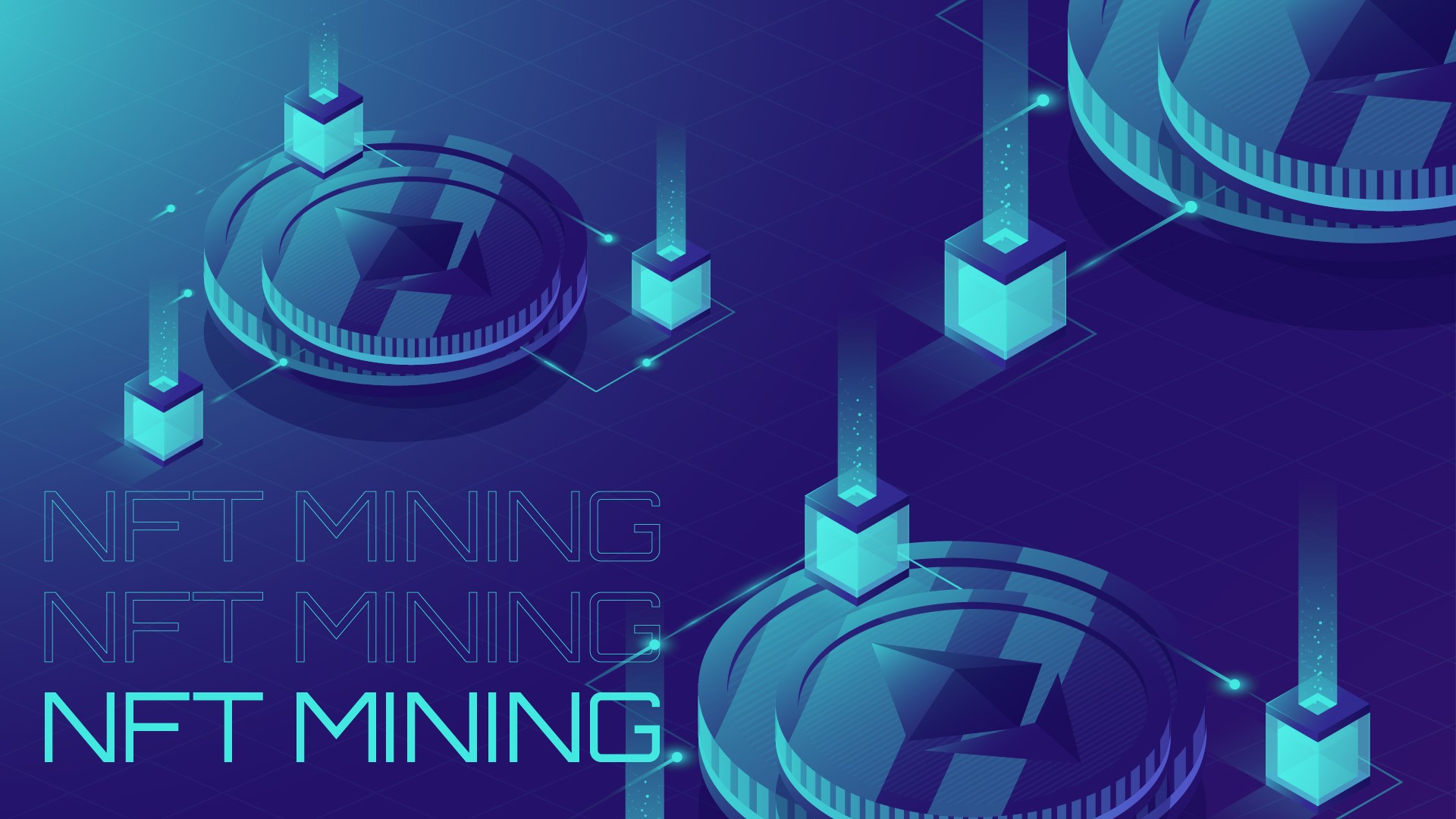
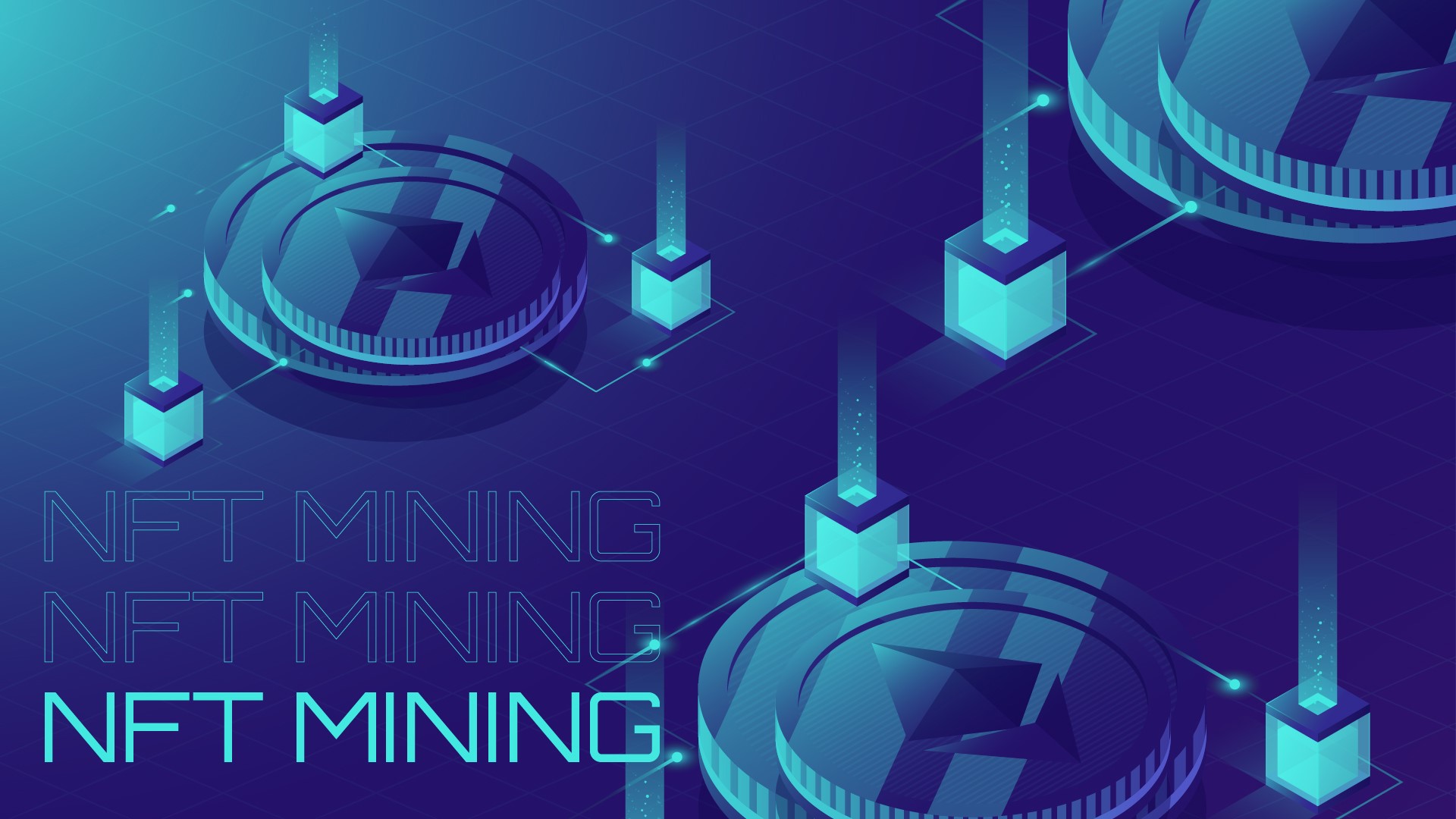

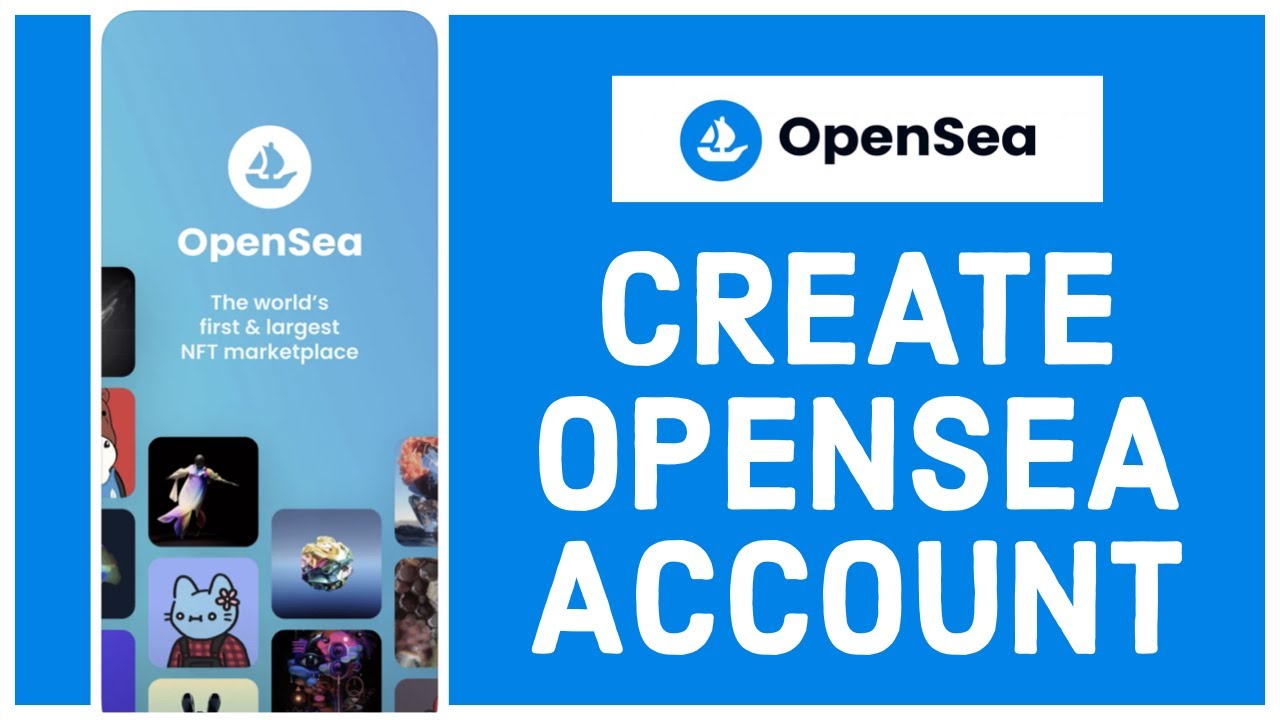

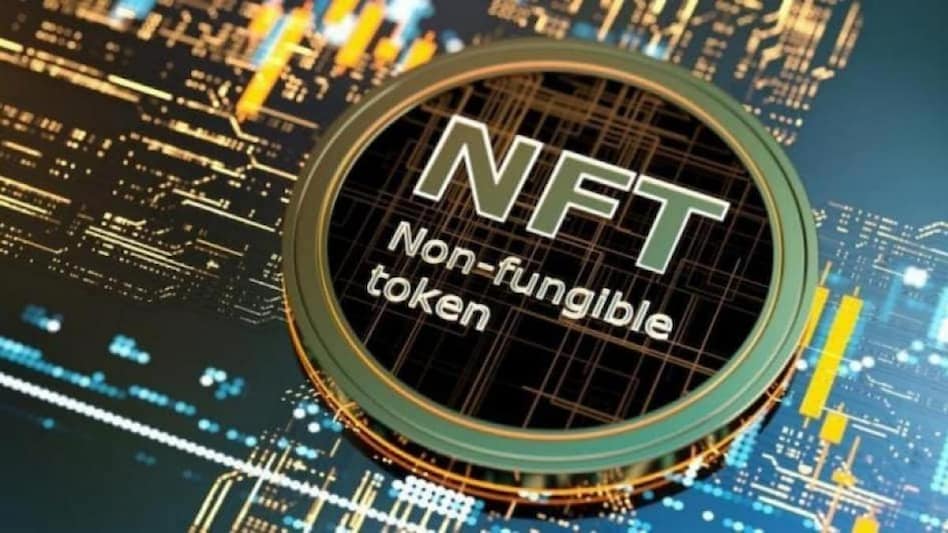
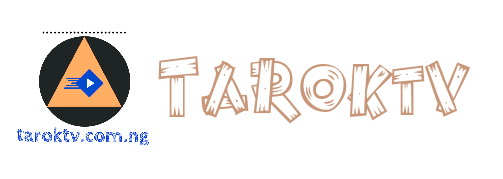
leave a comment
0 comment